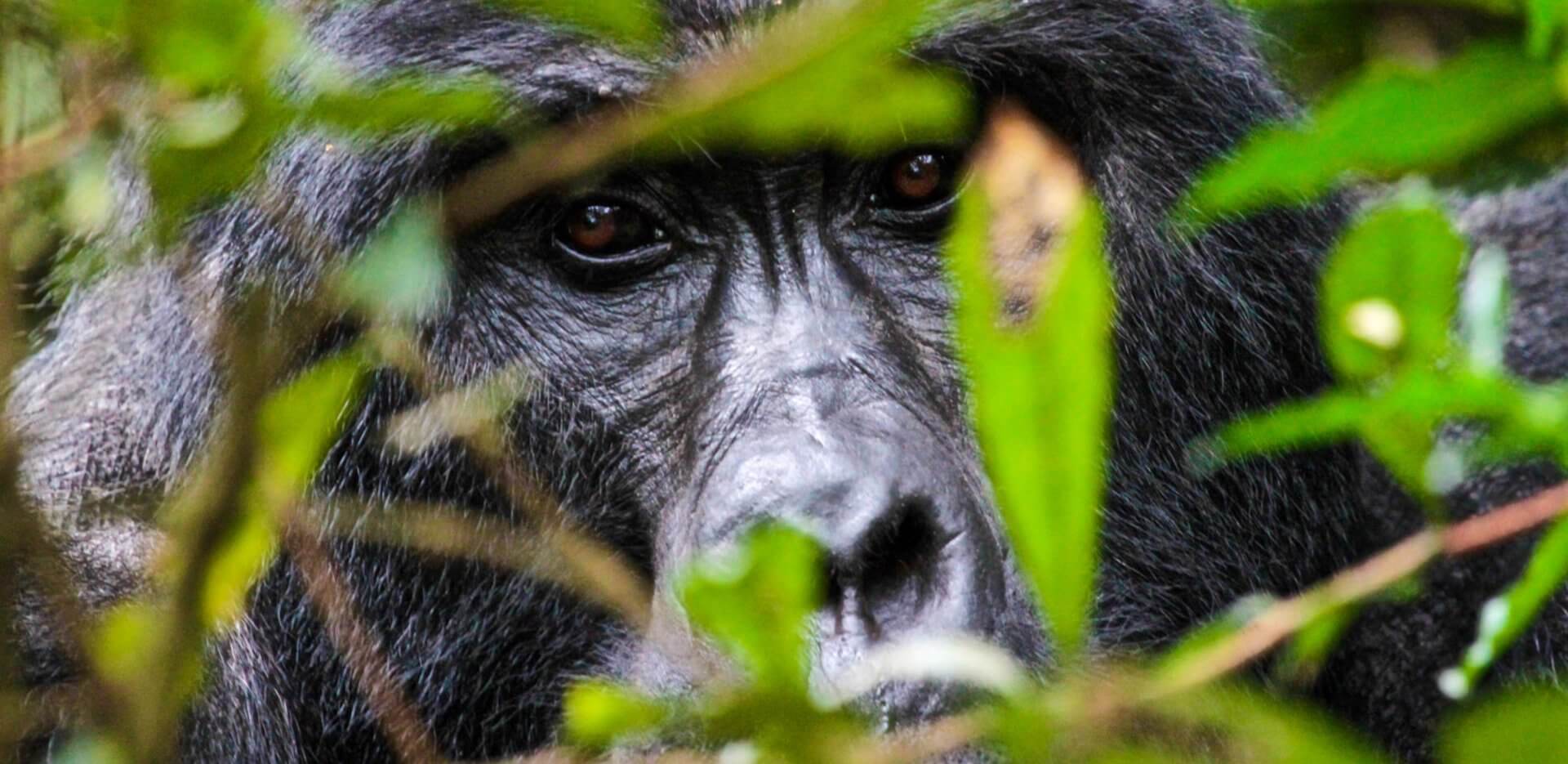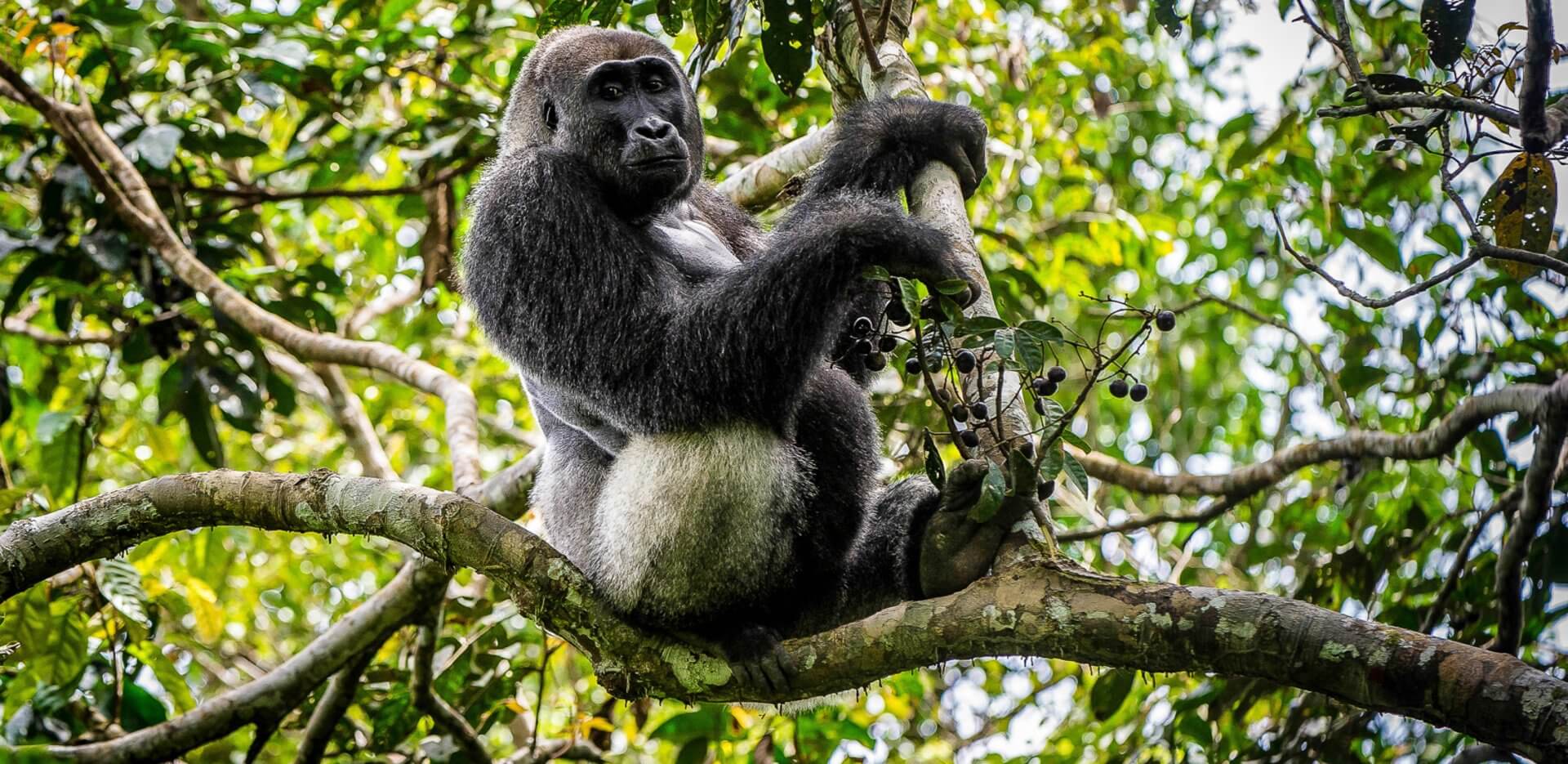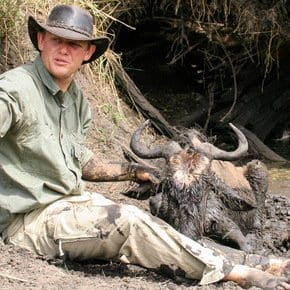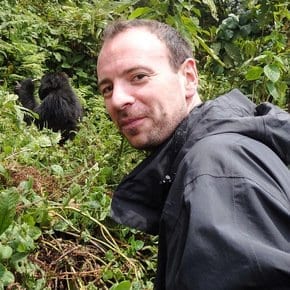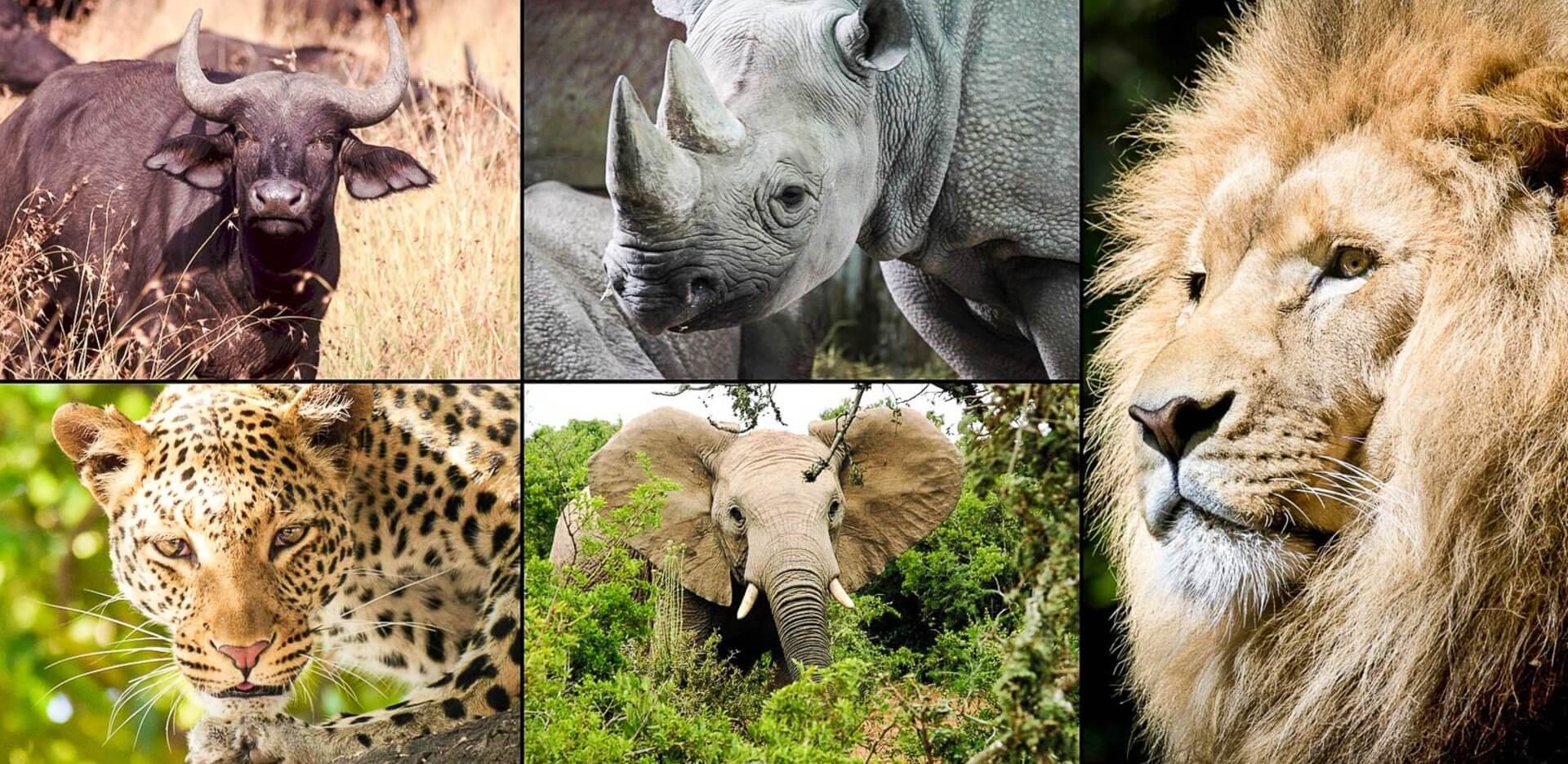
Experience a Big Five Safari
July 20, 2021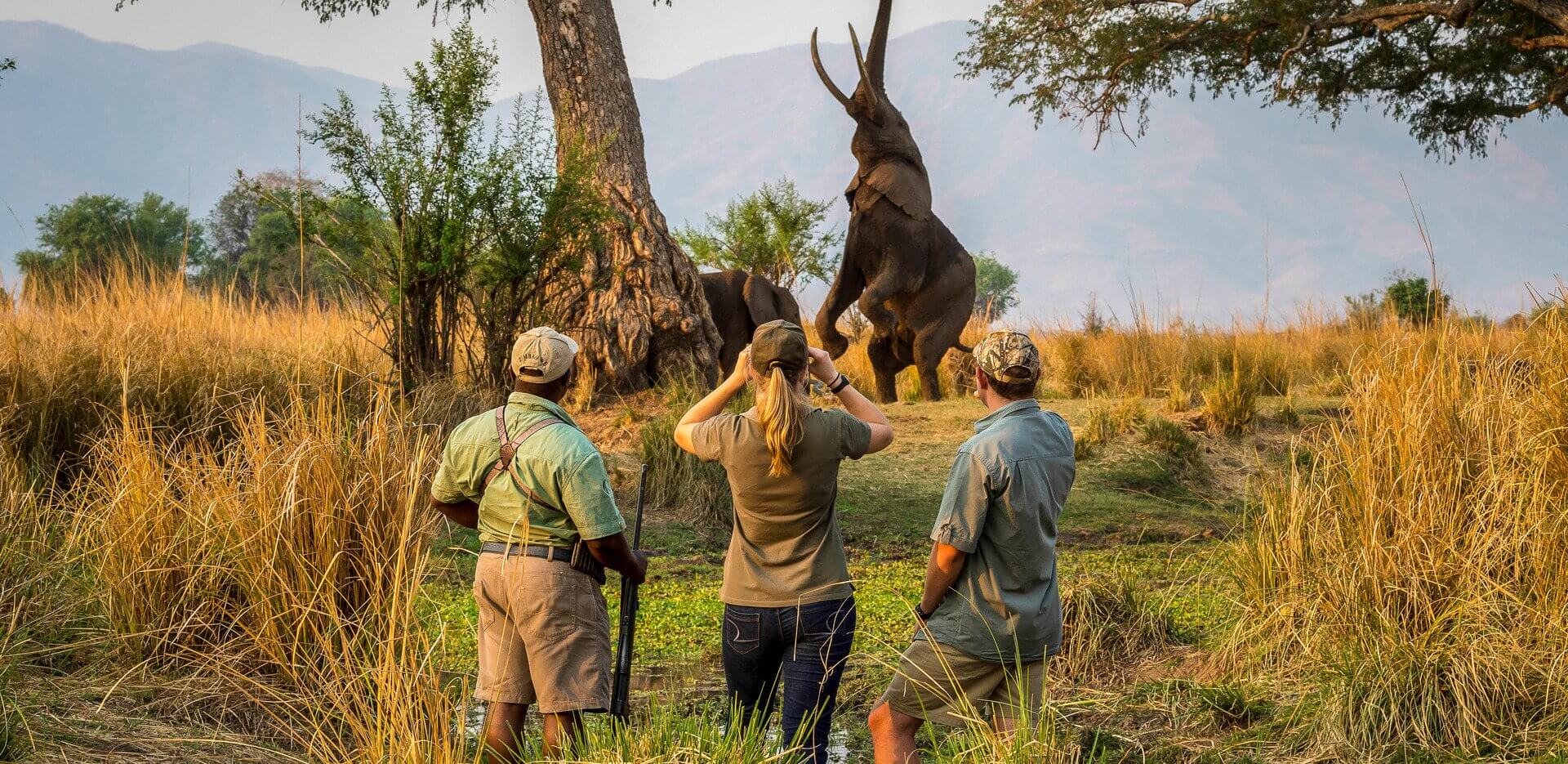
Experience a Walking Safari
July 20, 2021
Experience a Big Five Safari
July 20, 2021
Experience a Walking Safari
July 20, 2021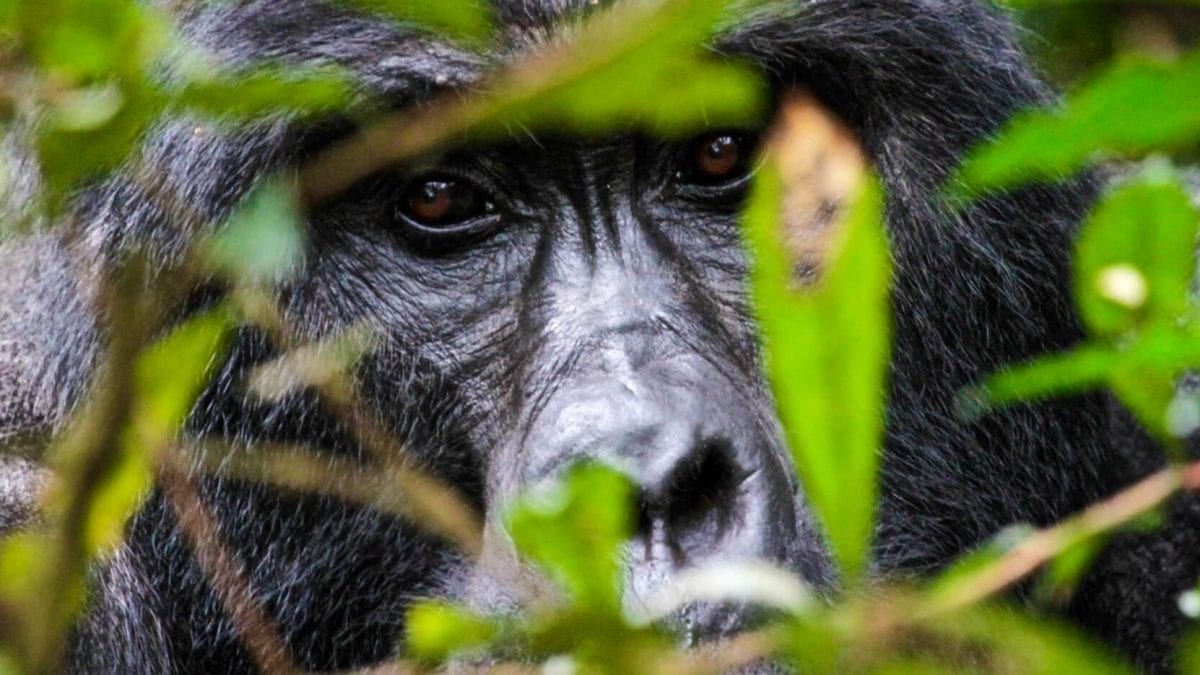
Sitting in the presence of Gorillas is without a doubt one of the top "life" experiences a nature and wildlife lover can ever have.
Incredibly emotional, exhilarating, oddly comforting and natural, a Gorilla trekking experience will leave a long-lasting impression on you.
Where are the best places in Africa to see Gorillas: There are several countries available for Gorilla trekking experiences. Rwanda, Uganda, Republic of Congo and the Central African Republic. Rwanda safaris and Uganda safaris are the most well known primate safaris and home to the Mountain Gorilla whereas in the Congo and the Central African Republic you would see their cousins, the Western Lowland Gorillas.
Volcanoes National Park in Rwanda and Bwindi Impenetrable Forest in Uganda are the main areas with various camps and lodges. Two or three nights is all you need, but do take our advice of booking two Gorilla trekkeing excursions if budget allows. Whilst you will see the Gorillas on one trek you only get about an hour with them and it won't be enough for most people as that time passes so quickly! This is the epitome of a once in a lifetime experience which you are unlikely to do again, so make the most of it and book at least two treks on your trip.
In the Republic of Congo, things work a little differently and a trip to Odzala National Park should only be taken on by people with previous Africa safari experience. However, the rewards are sensational, not only do you have phenomenal Gorilla sightings but you are venturing into one of the most remote and beautiful places in Africa.
Gorilla Trekking FAQs
It’s difficult to say which country is better for gorilla trekking, but what we do know is that Rwanda is a smaller country and is therefore easier to navigate, and Rwanda has a higher gorilla population than Uganda, so gorillas are often easier to find. The treks in Rwanda are gentler than Uganda, but with Rwanda being at a higher altitude, that can add to the difficulty of the trek. A gorilla trekking permit is more expensive in Rwanda than Uganda, so if cost is a factor, then Uganda might be a better option.
There are a few essential items you will need for gorilla trekking. A long-sleeved waterproof shirt and trousers are required to protect your skin from the jungle flora, and a mosquito head-net will keep the mosquitos away. You’ll need hardy walking boots as you will be trekking through dense jungle, and neutral colours such as beige, green and brown are required. Thick gloves are often helpful too for moving nettles and branches out of the way whilst you trek.
Gorilla trekking is perfectly safe when done with an experienced and regulated guide. The gorillas visited are incredibly calm and are used to human interaction, as long as human visitors abide by the recommended rules and regulations of gorilla trekking. The gorillas themselves are also very well protected from poachers as Uganda and Rwanda more so has a proactive approach to conservation, so both gorilla and human safety is prioritised at all times.
The best time for gorilla trekking is during the drier season, between the months of June and September. Avoid the rainy season from March to May and October and Novmeber as these make trekking conditions very unfavourable.
The current age limit for gorilla trekking is 15 years old, therefore children under the age of 15 will unfortunately not be allowed to partake in the gorilla trekking experience. This is for safety reasons.
Almost anyone with an average level of fitness will be able to experience gorilla trekking, but you must be willing and able to hike through dense and humid jungle terrain for several hours. Your fitness level and age will factor into how difficult you find the trek, but we have clients of all ages attending gorilla treks successfully. You are able to hire an assistant, or porter, to help carry your equipment during the hike, which makes it easier. The distance you need to travel when hiking depends entirely on where the gorillas are located at the time, and the speed of the trek is usually dictated by the average fitness levels of the group you trek with. We always try to match people of similar ages and fitness levels on every trek.

